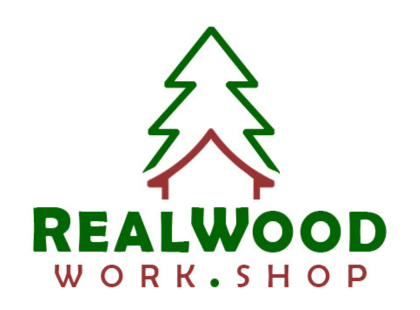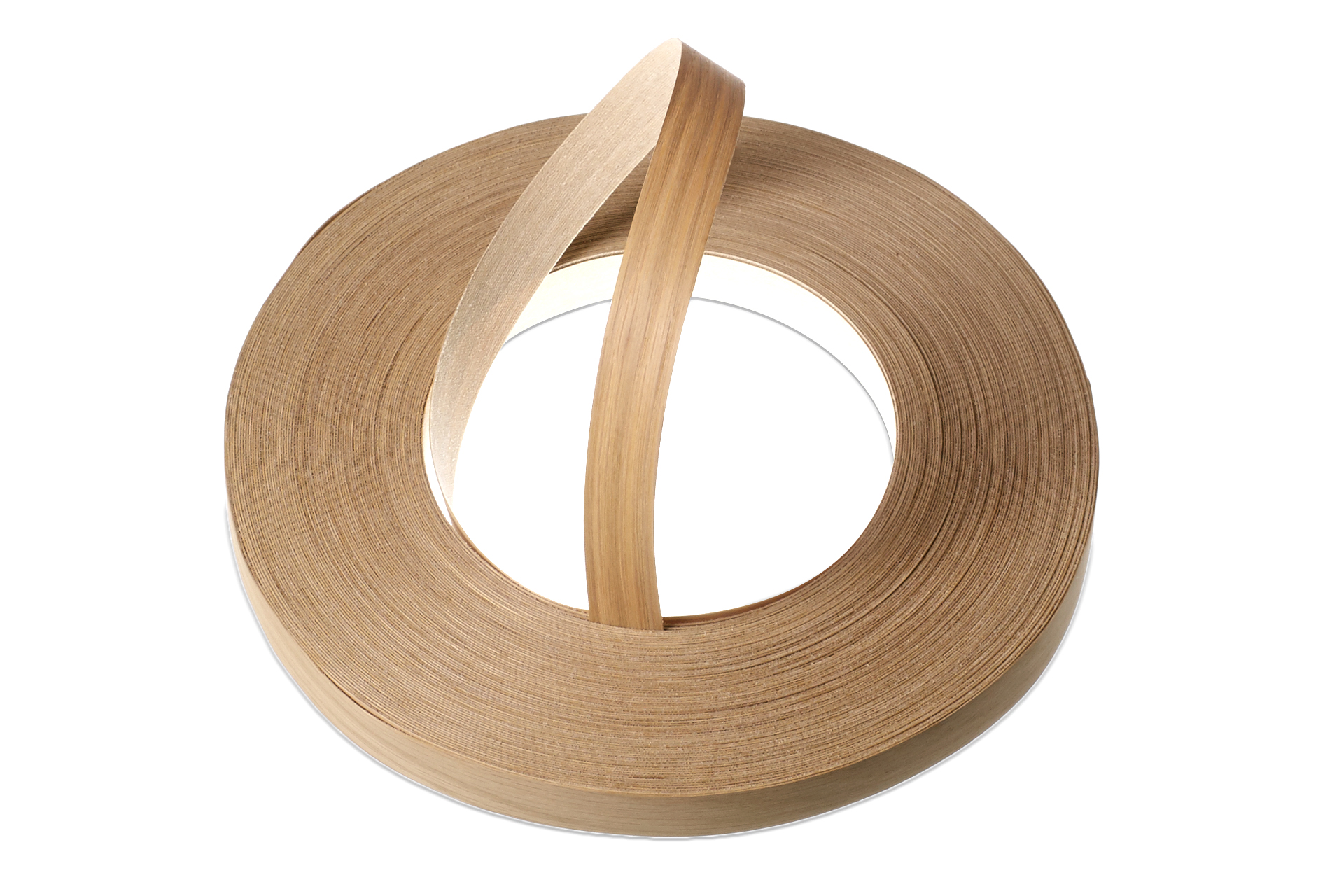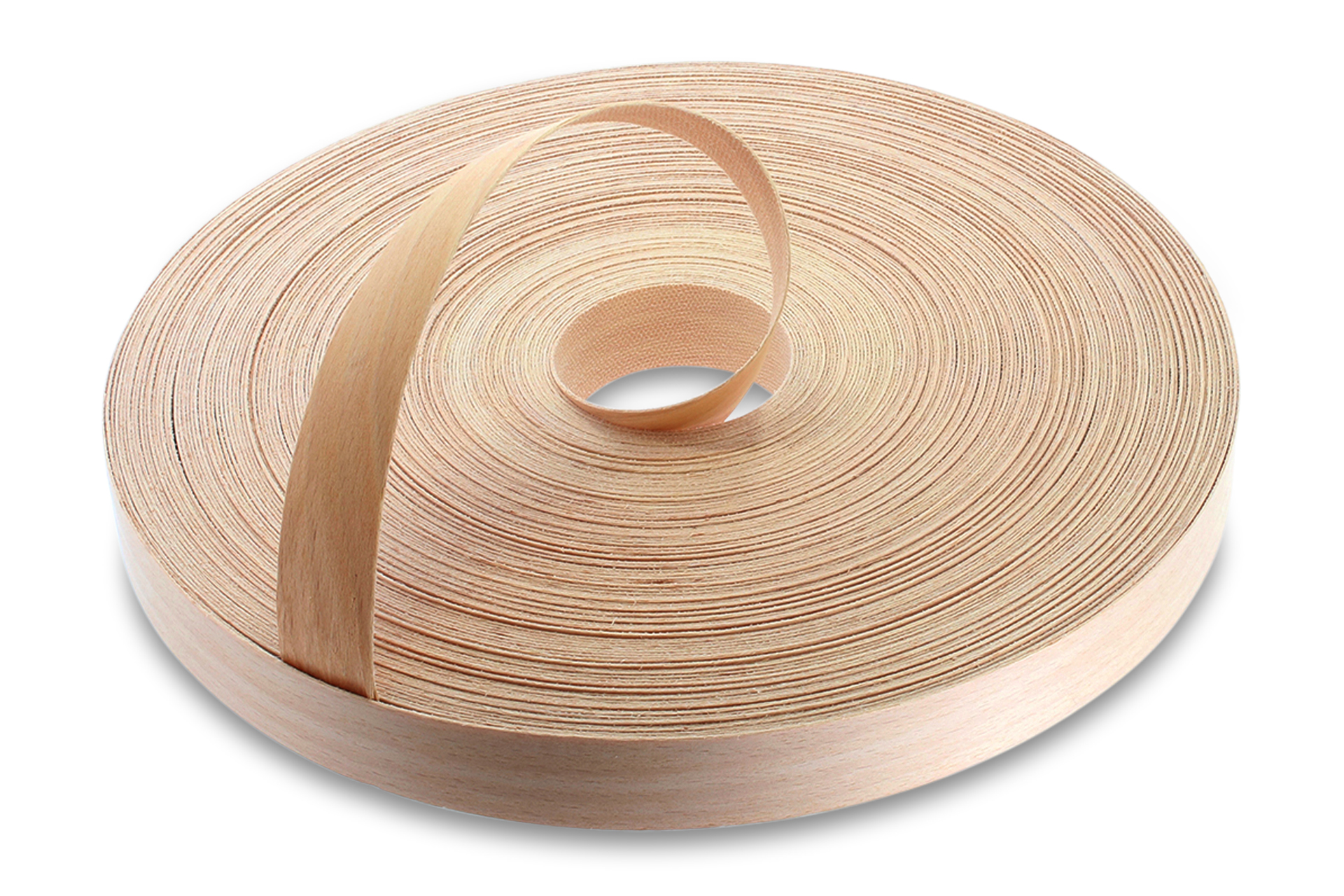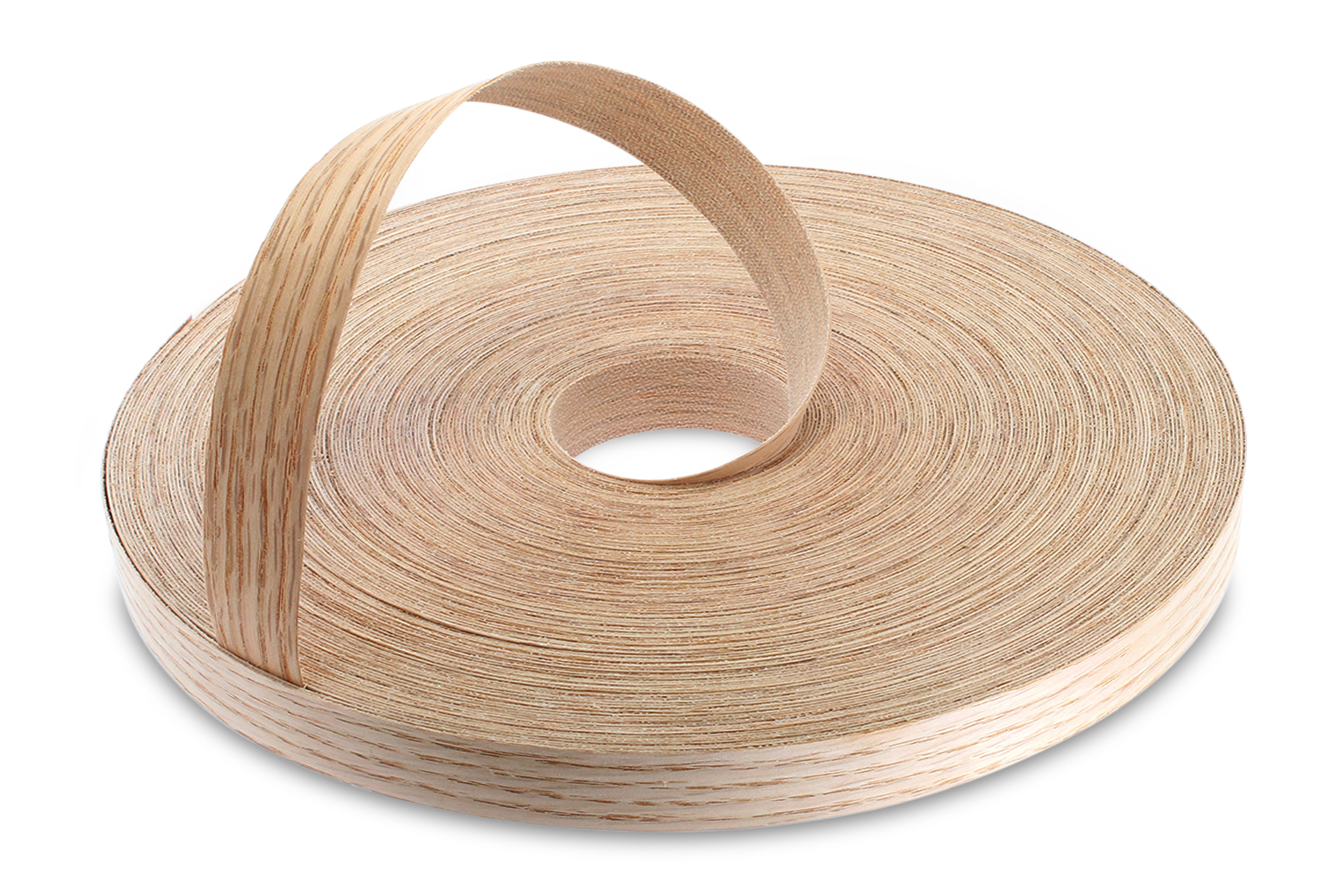-
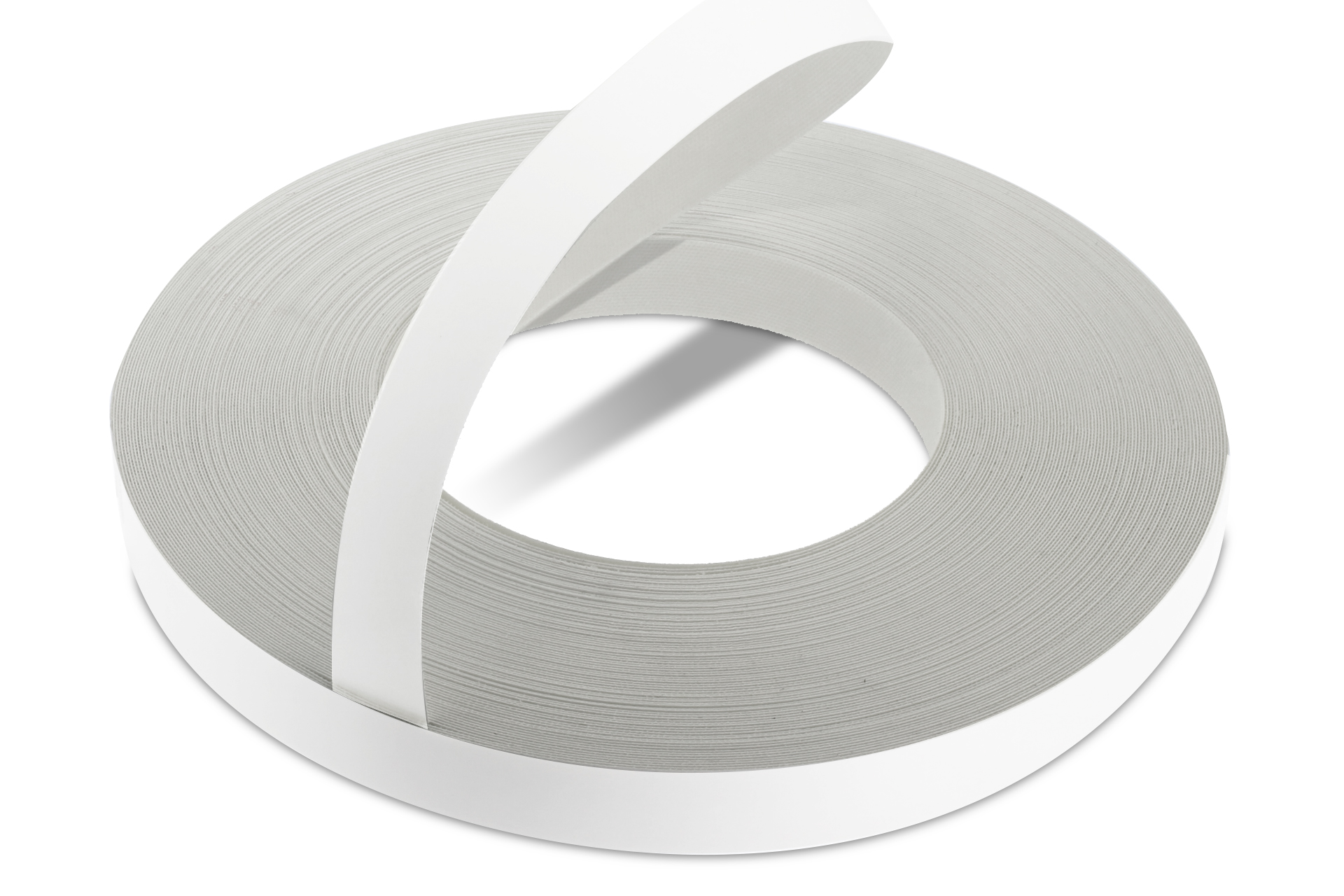 WoodPress® White Matt Melamine Edge Banding - Pre-Glued Iron-On Tape - 50m Length Roll
£14.96 – £24.96 + VAT (£17.95 - £29.95 inc. VAT)
WoodPress® White Matt Melamine Edge Banding - Pre-Glued Iron-On Tape - 50m Length Roll
£14.96 – £24.96 + VAT (£17.95 - £29.95 inc. VAT) -
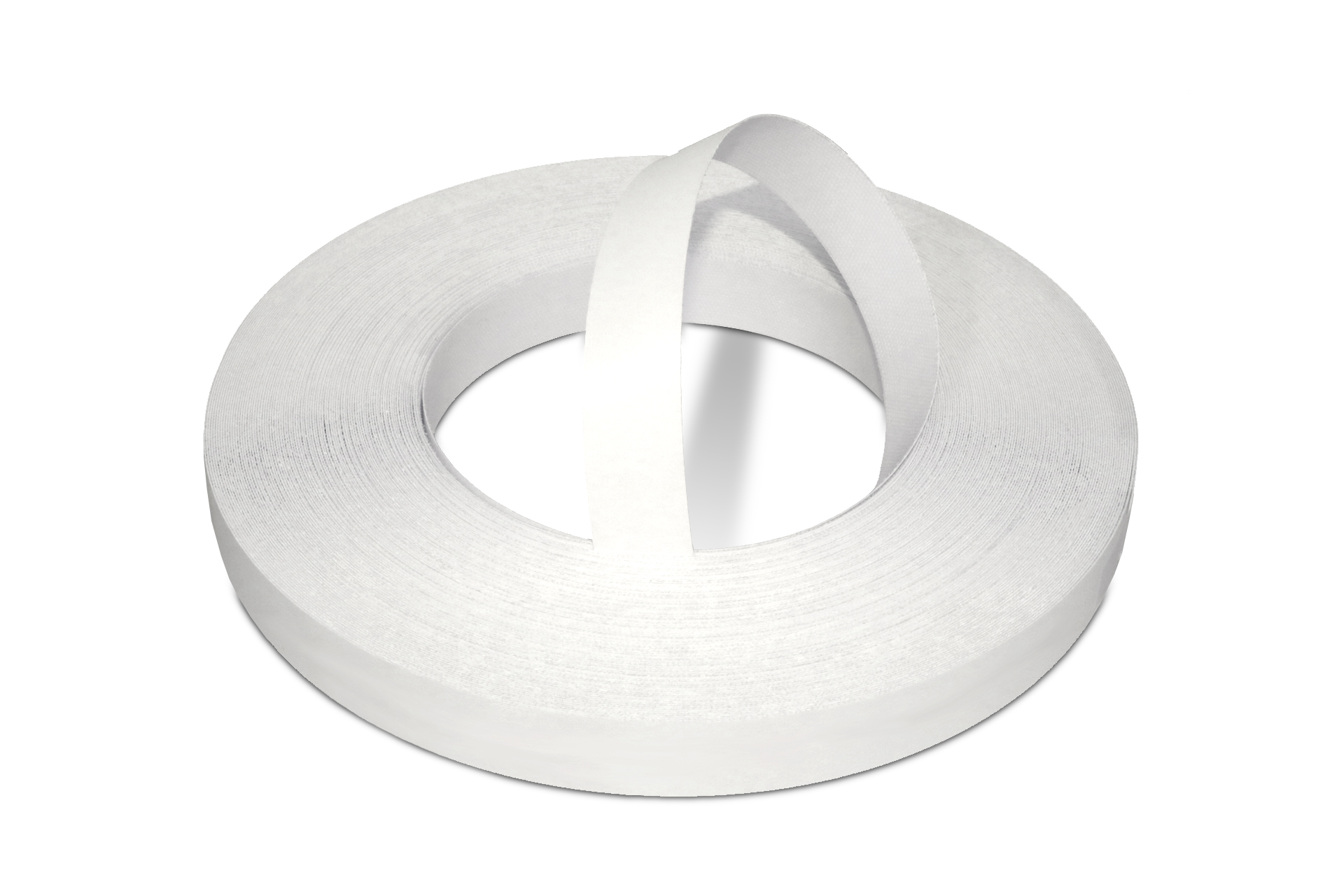 WoodPress® White Pearl Melamine Edge Banding - Pre-Glued Iron-On Tape 50m Length Roll
£14.96 – £24.96 + VAT (£17.95 - £29.95 inc. VAT)
WoodPress® White Pearl Melamine Edge Banding - Pre-Glued Iron-On Tape 50m Length Roll
£14.96 – £24.96 + VAT (£17.95 - £29.95 inc. VAT) -
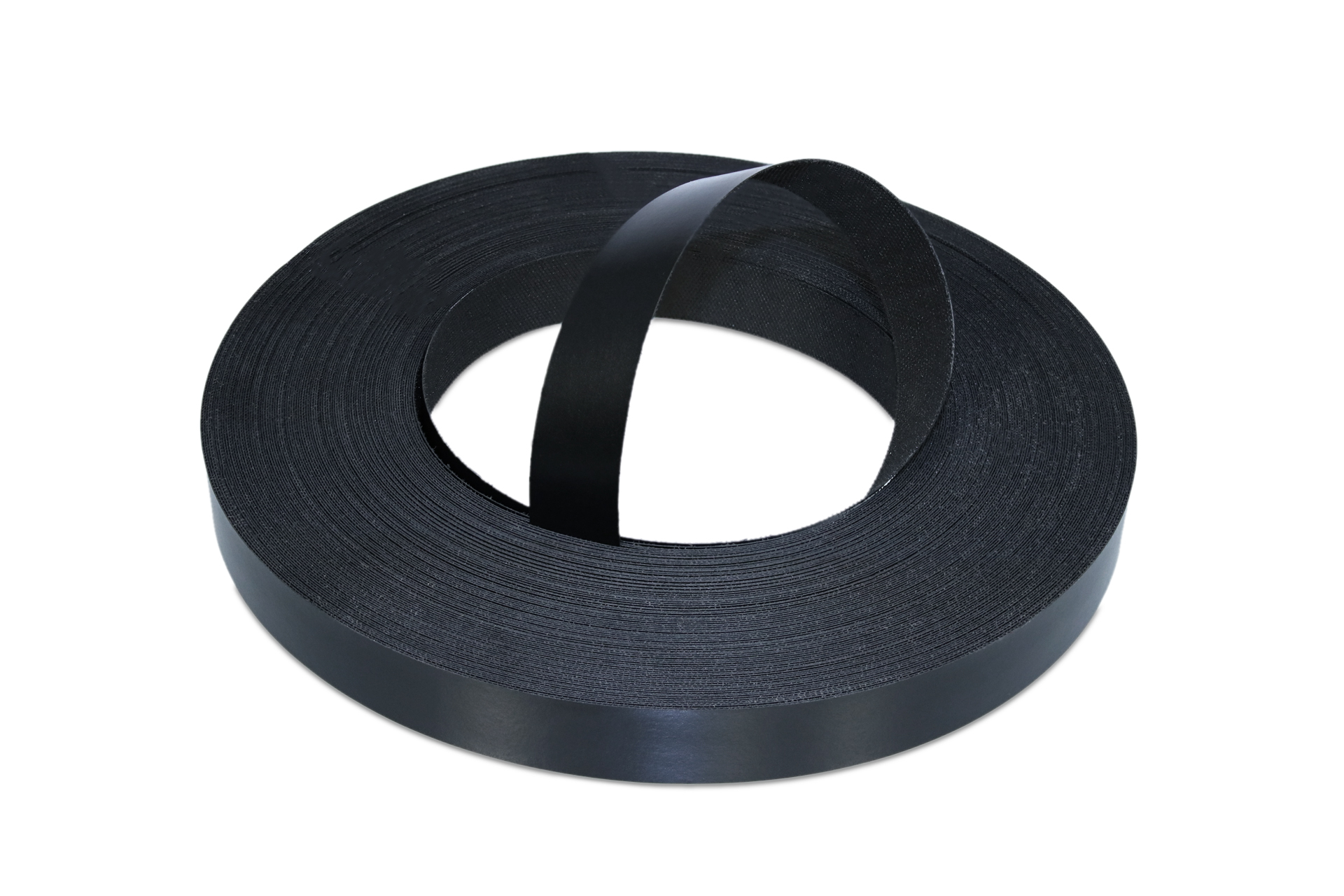 WoodPress® Black Matt Melamine Edge Banding - Pre-Glued Iron-On Tape - 50m Length Roll
£14.96 – £24.96 + VAT (£17.95 - £29.95 inc. VAT)
WoodPress® Black Matt Melamine Edge Banding - Pre-Glued Iron-On Tape - 50m Length Roll
£14.96 – £24.96 + VAT (£17.95 - £29.95 inc. VAT)
10 Facts About Persian Marquetry – Khatam Kari
Woodworking is often seen as a craft, but few carpenters consider themselves artists. However, woodworking has always been a form of visual art, especially when we look at the breathtaking pieces created throughout history using wood veneers…

If you are a woodworker with a creative streak, exploring the many styles of marquetry – especially Persian Marquetry AKA Khatam Kari – might inspire you.
1. An Ancient Art Form
Khatam Kari is a Persian inlay art that dates back to at least the 15th century. The name comes from “Khatam,” meaning “Seal,” and “Kari,” meaning “Work.”
This stunning technique involves assembling tiny wood veneers and other precious materials into intricate, geometric, mosaic-like patterns that captivate viewers.
The beauty of Persian marquetry is its precision and elegance, making it one of the most celebrated Persian art forms.
2. The Safavid Dynasty
The popularity of Khatam Kari reached its peak in the 16th century during the Safavid Dynasty, under the reign of Shah Ismail I.
However, some historians believe the technique dates back to the 14th century or even earlier. The Safavid era was a golden age for Persian science, art, and architecture, bringing about remarkable advancements in various artistic disciplines.
From the intricate tilework of mosques to their exquisite textiles and ceramics, Persian artisans pushed boundaries, and Persian marquetry was no exception.
3. Unusual Materials
The materials used in Khatam Kari may surprise you! Alongside wood and brass, artisans traditionally used bone to add white coloration to their designs.
Historically, camel bone was preferred due to its bright white hue, but today, horse and cow bones are more commonly used. In addition to bone and brass, artisans incorporated precious metals like gold and silver for added elegance.
The selection of wood also plays a crucial role in the final design, with species like walnut, cypress, betel, and pine being used to create rich and vibrant patterns.
4. Hundreds of Tiny Pieces
Khatam Kari is an art of precision. In fact, a single square centimeter of Khatam Kari can contain up to 250 individual pieces of wood, bone, and metal.
Each tiny piece is cut, shaped, and meticulously arranged by hand to form sophisticated geometric patterns.
The sheer complexity of these designs is what makes Khatam Kari such an impressive and time-consuming craft.
5. Religious Meaning
The geometric shapes found in Khatam Kari are more than just decorative – they are deeply symbolic. In Islamic art, geometric patterns represent God’s infinite power, unity, and the order of the universe.
Since Islamic tradition forbids depictions of human figures in religious art, artisans used mesmerizing geometric designs to express their spirituality.
These patterns reflect harmony, balance, and divine beauty, making Khatam Kari not just an art form, but also a spiritual practice.
6. Similar to Clay Art
The process of creating Khatam Kari is like a technique used in modern polymer clay art. Have you ever seen artists layer different coloured clays together, then slice through the block to reveal an intricate pattern? Khatam Kari artisans use the same principle!
First, they carefully arrange thin strips of wood, bone, and metal into detailed geometric patterns. These strips are then glued together to form long patterned rods. The rods are further combined and compressed into a larger block.
Once the block is solidified, it is thinly sliced into delicate patterned sheets, which are later assembled to create a continuous decorative surface.
7. Everyday Objects and Treasures
Khatam Kari is not just used for decorative art – it is also incorporated into everyday functional objects. Some of the most common items adorned with Khatam Kari include:
- Jewelry boxes and storage chests
- Quran covers and religious book bindings
- Musical instruments
- Pens & stationery
- Furniture and decorative panels
This fusion of art and functionality makes Khatam Kari even more special – it transforms ordinary objects into timeless works of art that carry cultural and historical significance.
8. Still Practiced Today
Despite being an ancient art form, Khatam Kari is still practiced today in Iran, particularly in cities like Isfahan, Shiraz, and Tehran.
Skilled artisans continue to pass down this craft through generations, ensuring its survival in a modern world.
Many contemporary craftsmen blend traditional techniques with modern designs, creating pieces that appeal to both classic and contemporary tastes.
9. Takes Months to Complete
Creating a high-quality Khatam Kari piece is a time-intensive process. Depending on the complexity of the design, a single artwork can take several weeks or even months to complete.
The painstaking attention to detail, the precision cutting, and the delicate hand-assembly of each tiny piece requires immense patience and skill. This is why authentic Persian marquetry pieces are considered luxury items and are highly valued in the world of fine artisanry.
10. A Cultural Heritage
Due to its rich history and artistic significance, Khatam Kari has been recognized as an important cultural heritage of Iran.
Efforts are being made to preserve and promote this traditional craft, both within Iran and internationally. Museums, galleries, and collectors around the world appreciate Persian marquetry as a treasured art form, ensuring its legacy for future generations.

Conclusion
Khatam Kari is a testament to the skill, patience, and creativity of Persian artisans. It is an art form that blends history, spirituality, and craftsmanship, turning everyday objects into masterpieces. Whether you are a woodworker, an art enthusiast, or someone who appreciates fine craftsmanship, the world of Khatam Kari offers endless inspiration.
If you ever get the chance to visit Iran, be sure to explore the stunning Khatam Kari pieces found in Isfahan’s Grand Bazaar, Shiraz’s Vakil Bazaar, and Tehran’s handicraft markets – you will be witnessing centuries of tradition in every tiny, delicate piece.
